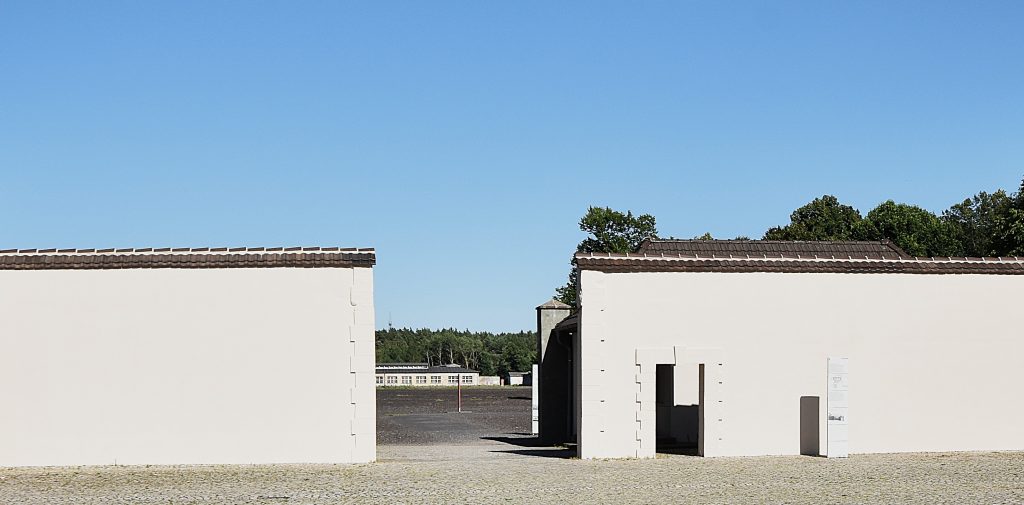
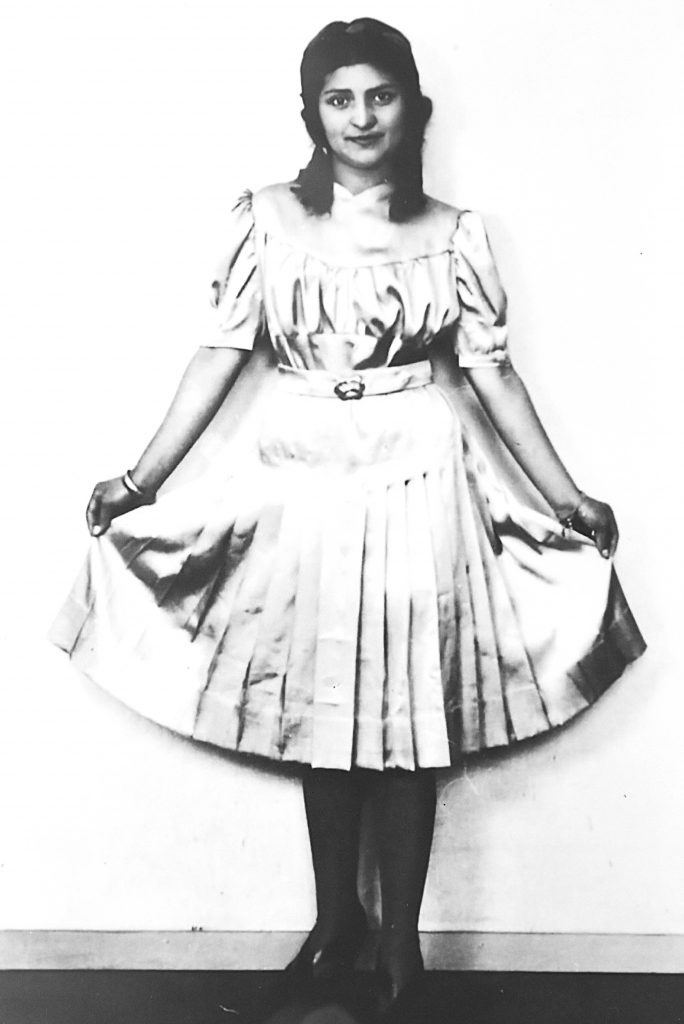
In January 1939, the SS decided to set up another concentration camp, about 60 miles north of Berlin, next to a small village named Ravensbrück. This camp was designated for women, who were exploited, tortured, and — approximately 30,000 of them — murdered.
One of the prisoners was Wanda F., a Sinti woman. She was arrested in Hannover in 1943. It’s unclear why exactly, but most likely simply because she was Sinti. At the time, “gypsies” were considered racially inferior, and Sinti women in particular were seen as immoral. That was a common accusation faced by many of the women in the camp: living lives considered too liberal by the standards of what society defined as “decent.” These women often had changing jobs, changing partners, or maybe an illegitimate child — any deviation from conservative norms. Such freedoms had long been criticized, and the double standard of the time rarely held men to the same expectations. Under the Nazis, public disapproval of these women was twisted into justification for persecution — and murder.
Wanda was first taken to Auschwitz. She had a one-year-old baby boy with her, but he died during their first winter there — she couldn’t feed him and barely survived herself. After about a year, she was transferred to Ravensbrück. Upon arrival, her head was shaved — just one of many degrading measures enforced by the SS. But Wanda collected the hair they had cut off and made a wig, which she wore on special occasions.
Soon after, she found out that her fiancé was imprisoned in the men’s camp nearby. Somehow, she managed to meet him at the gate separating the two camps. They stayed in touch that way, even though the SS caught them several times and beat them severely.
In January 1945, Wanda was subjected to forced sterilization — an act of violence committed by SS doctors to keep women as a labor force while preventing any future offspring. Wanda survived the procedure, and she survived the camp. So did her fiancé, and the couple reunited in Hannover shortly after the end of the war.
Today, the place is a memorial. Most of the original buildings were torn down, as the Soviets used the camp as a military base until 1993. So now, it’s a wide, open space — somber, and full of memories, with sad stories looming everywhere. Several exhibitions can still be visited in the few remaining buildings. So it’s certainly worth the one-hour train ride from Berlin — not least to honor Wanda.
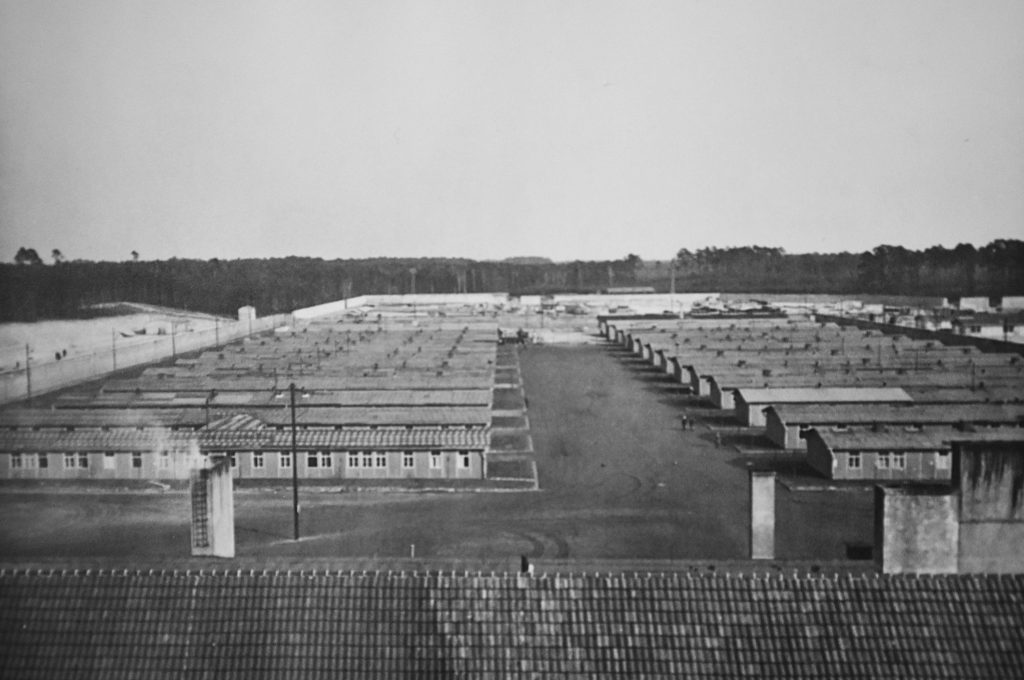
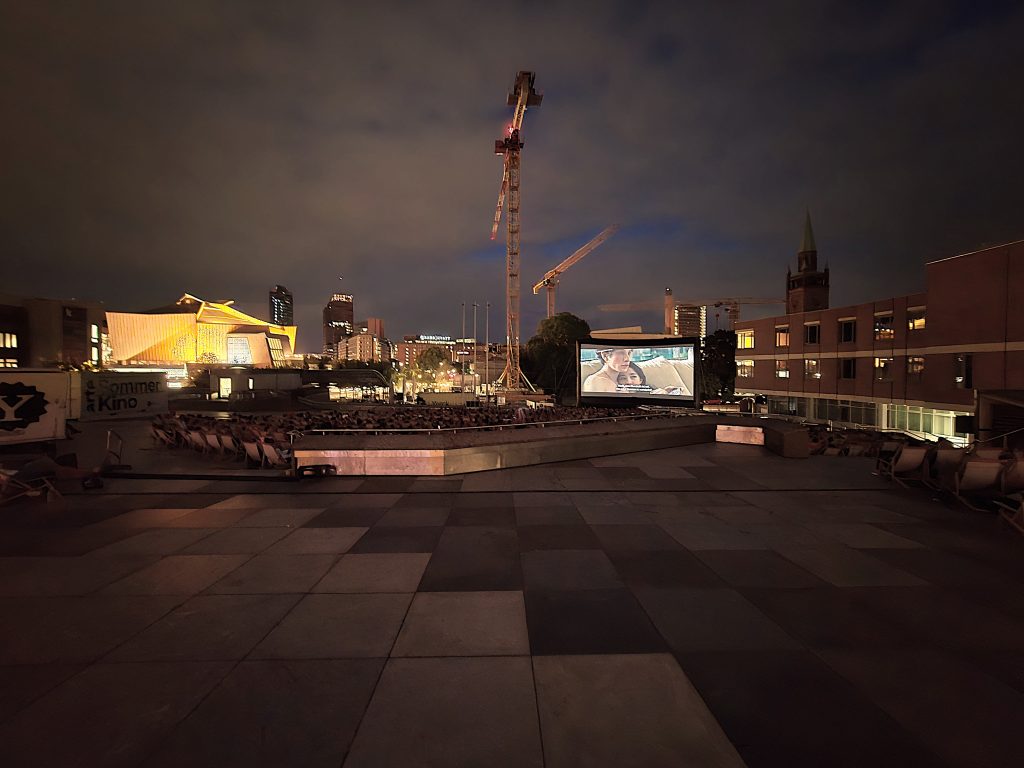
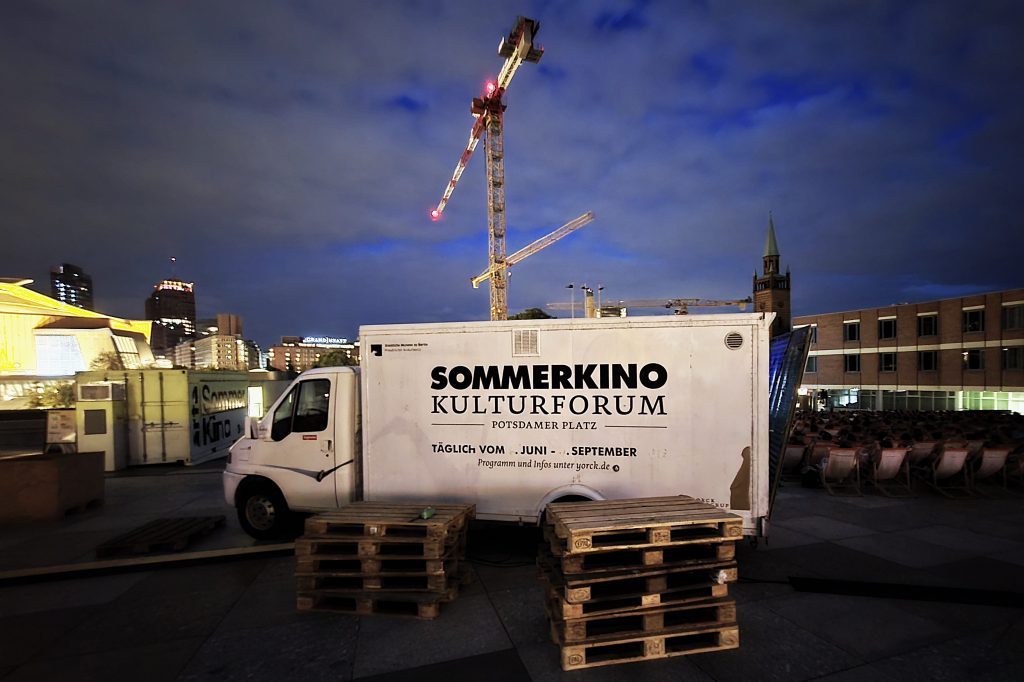
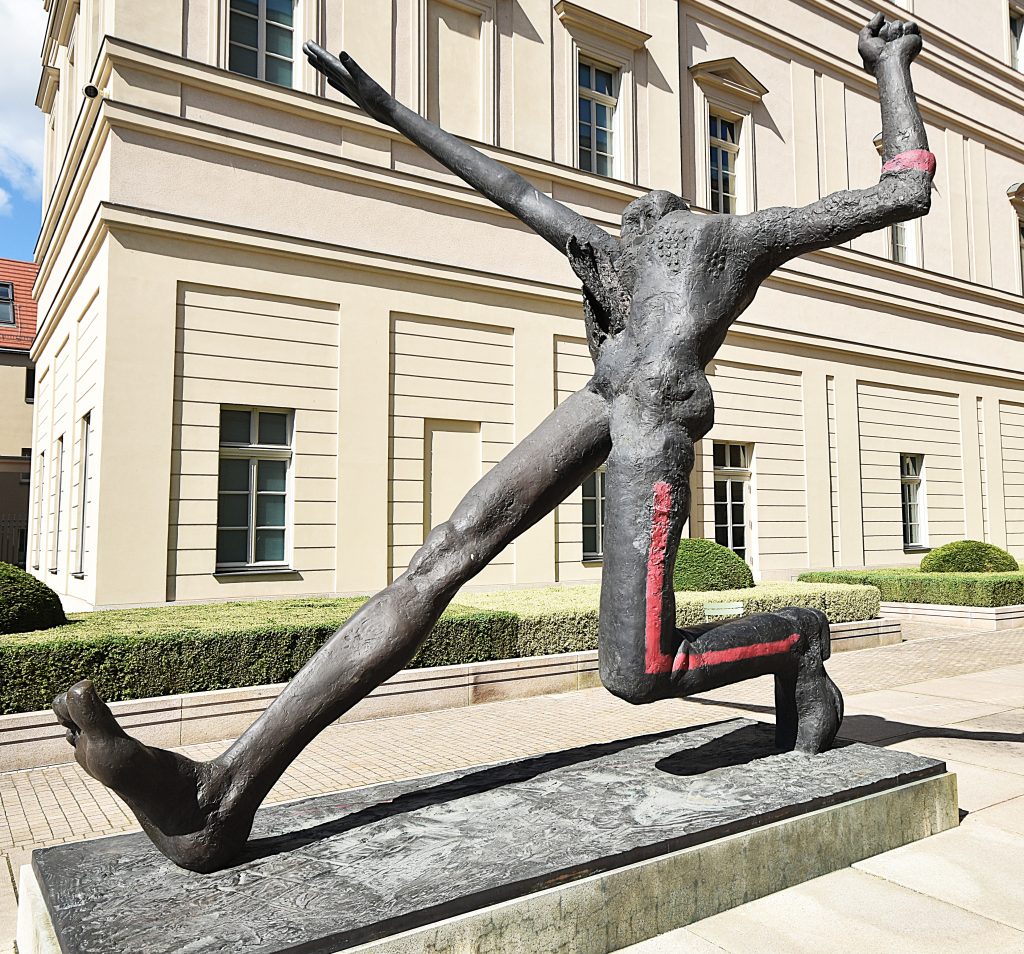
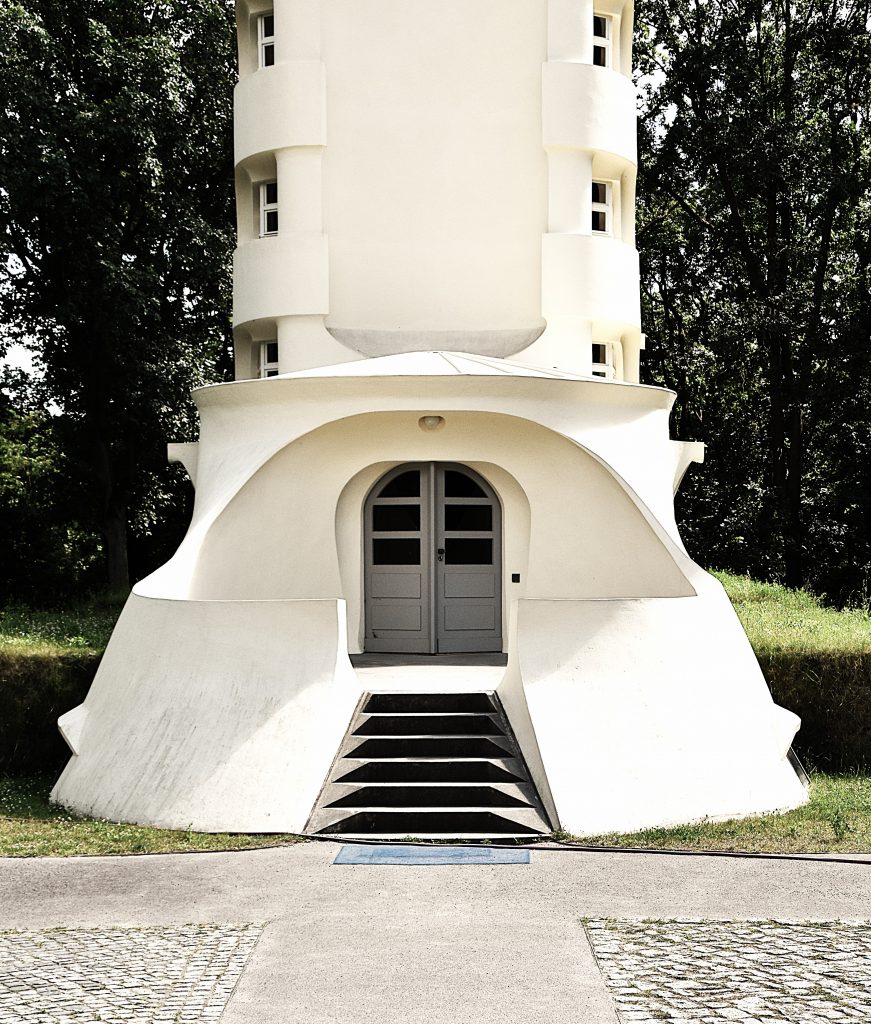
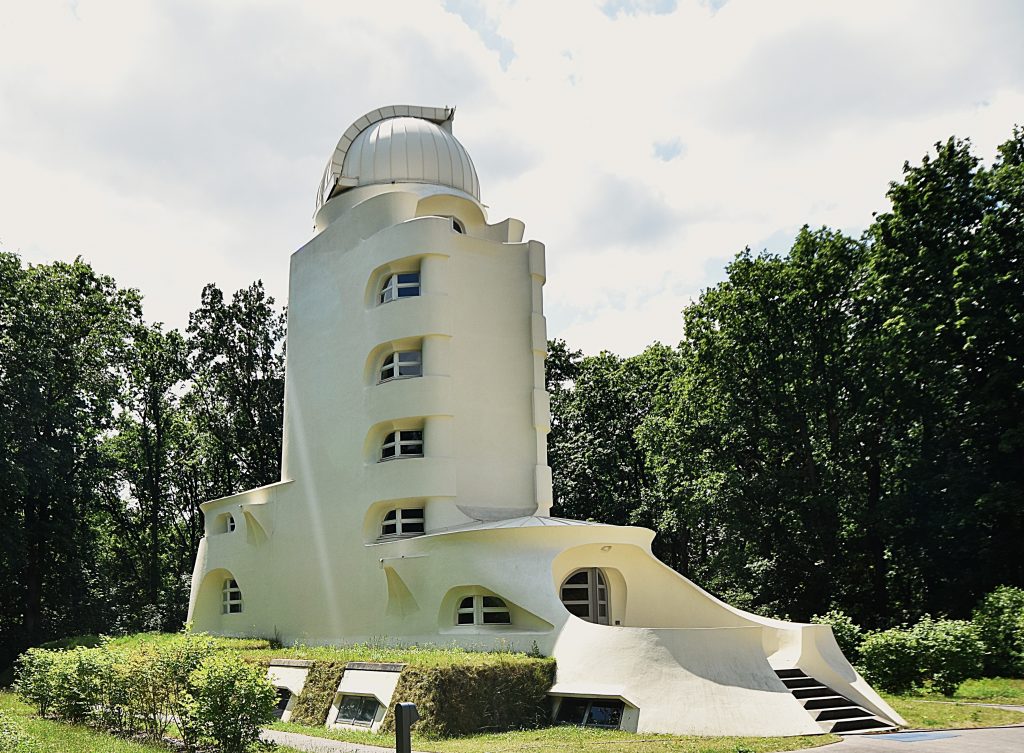
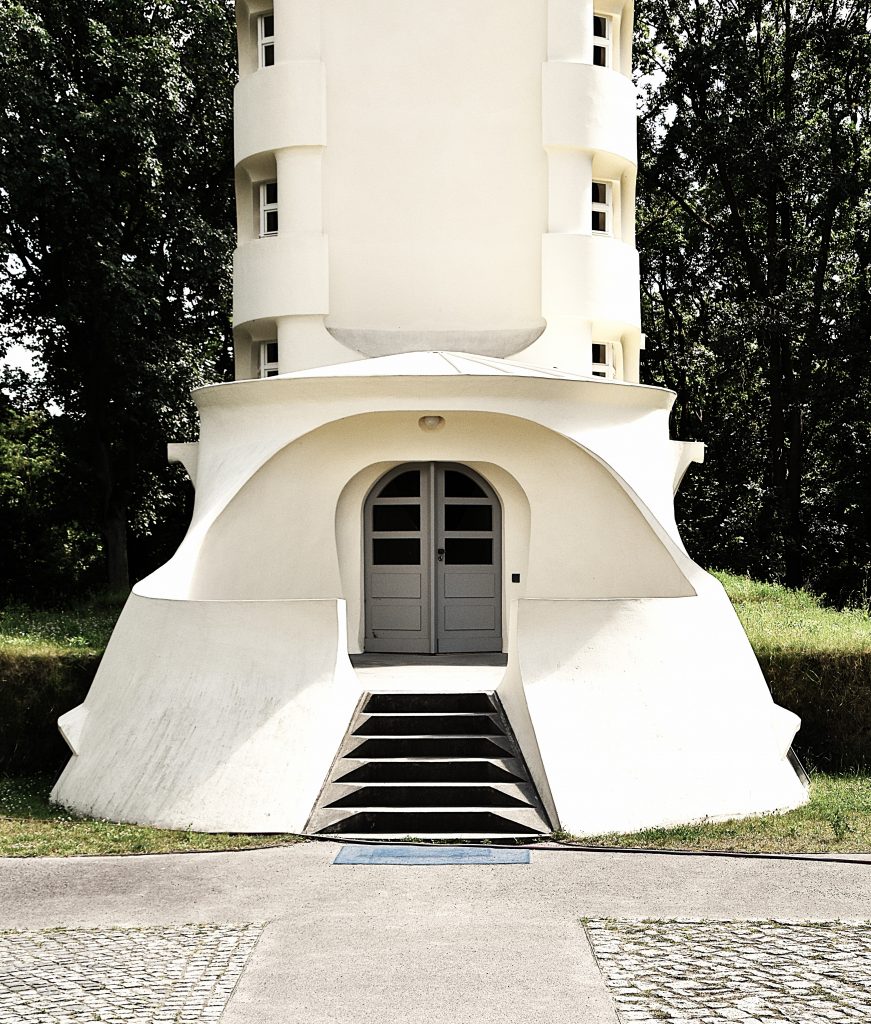
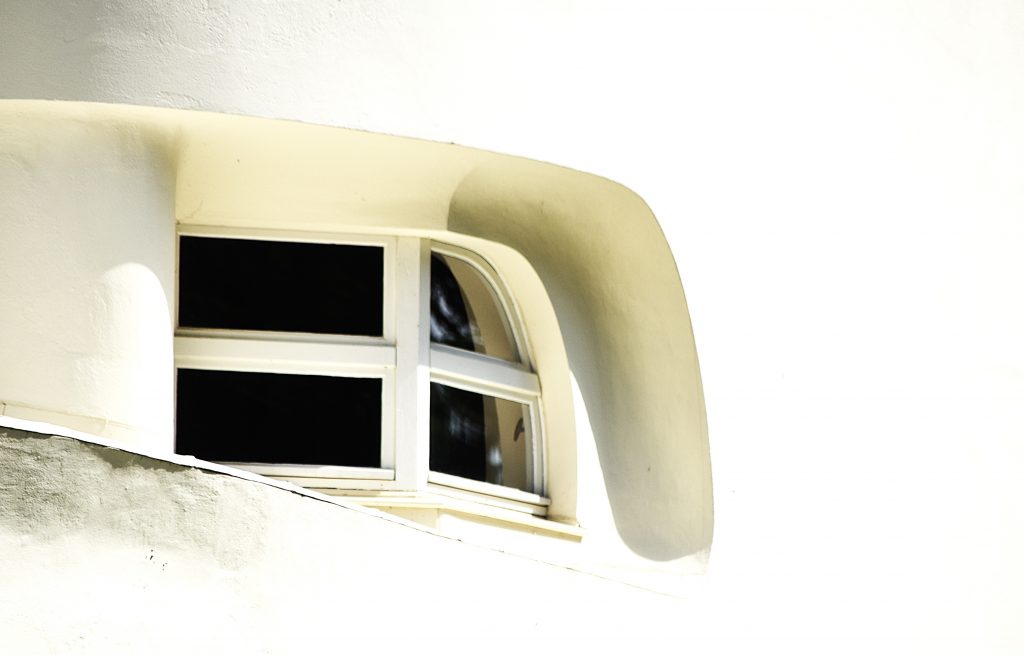
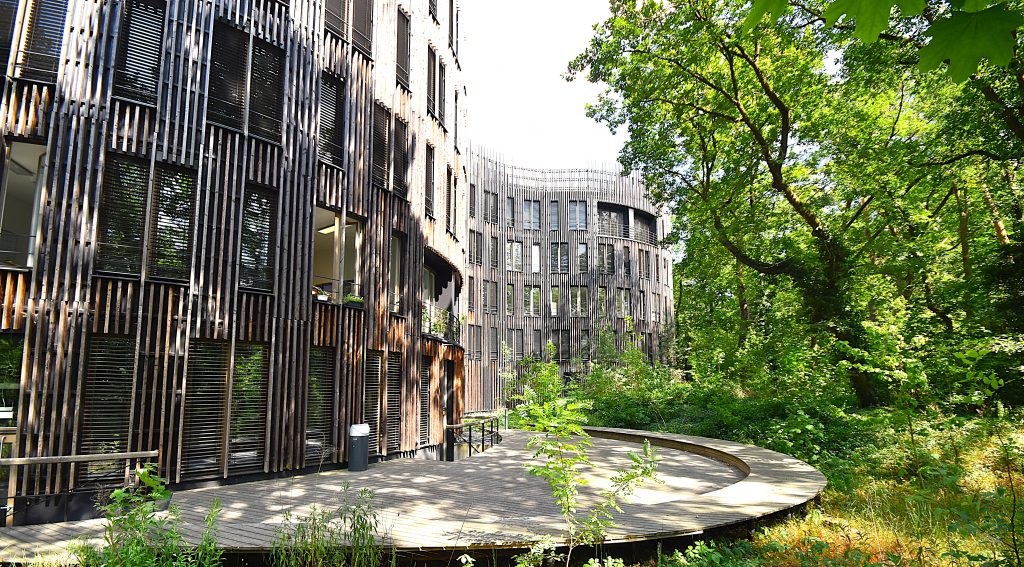
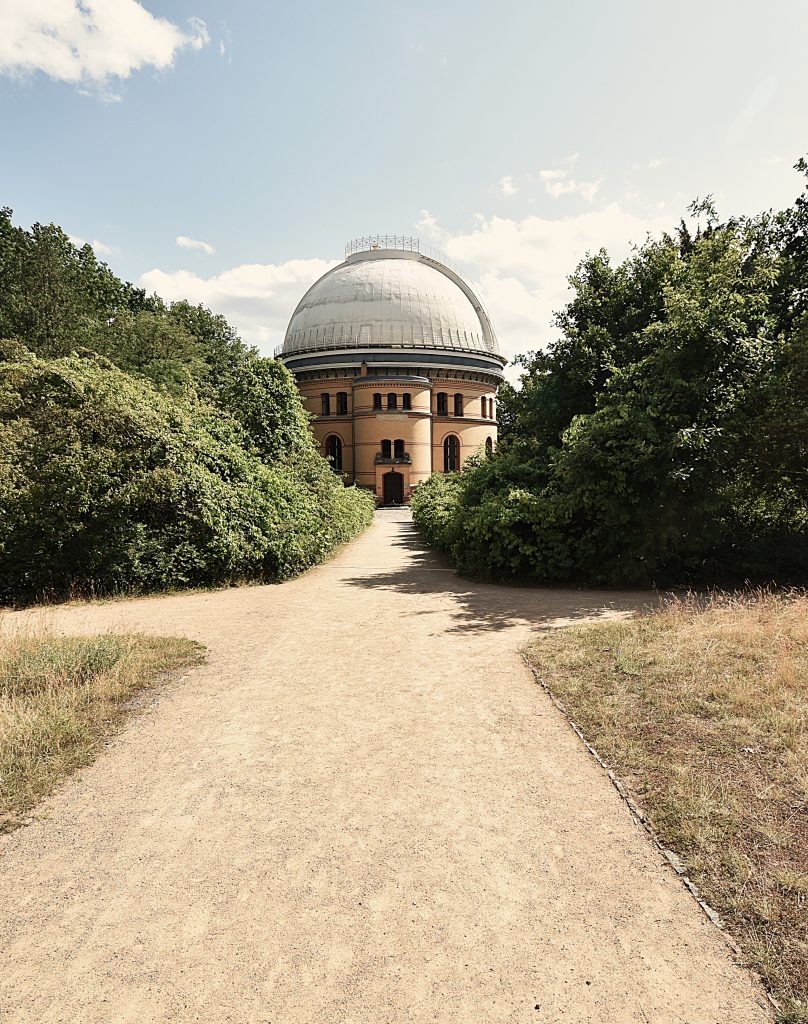
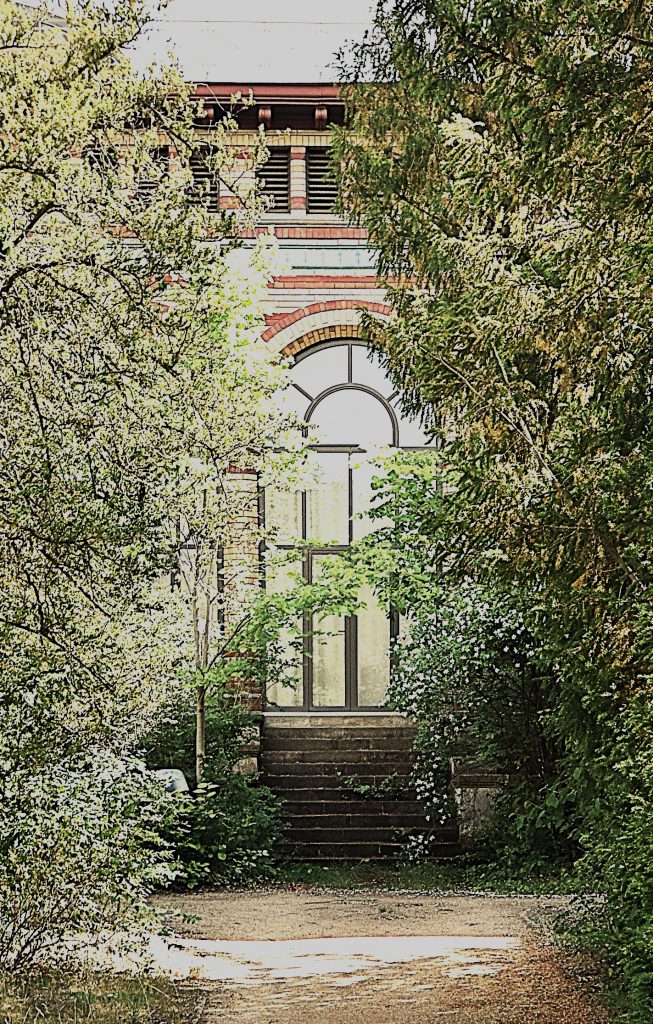
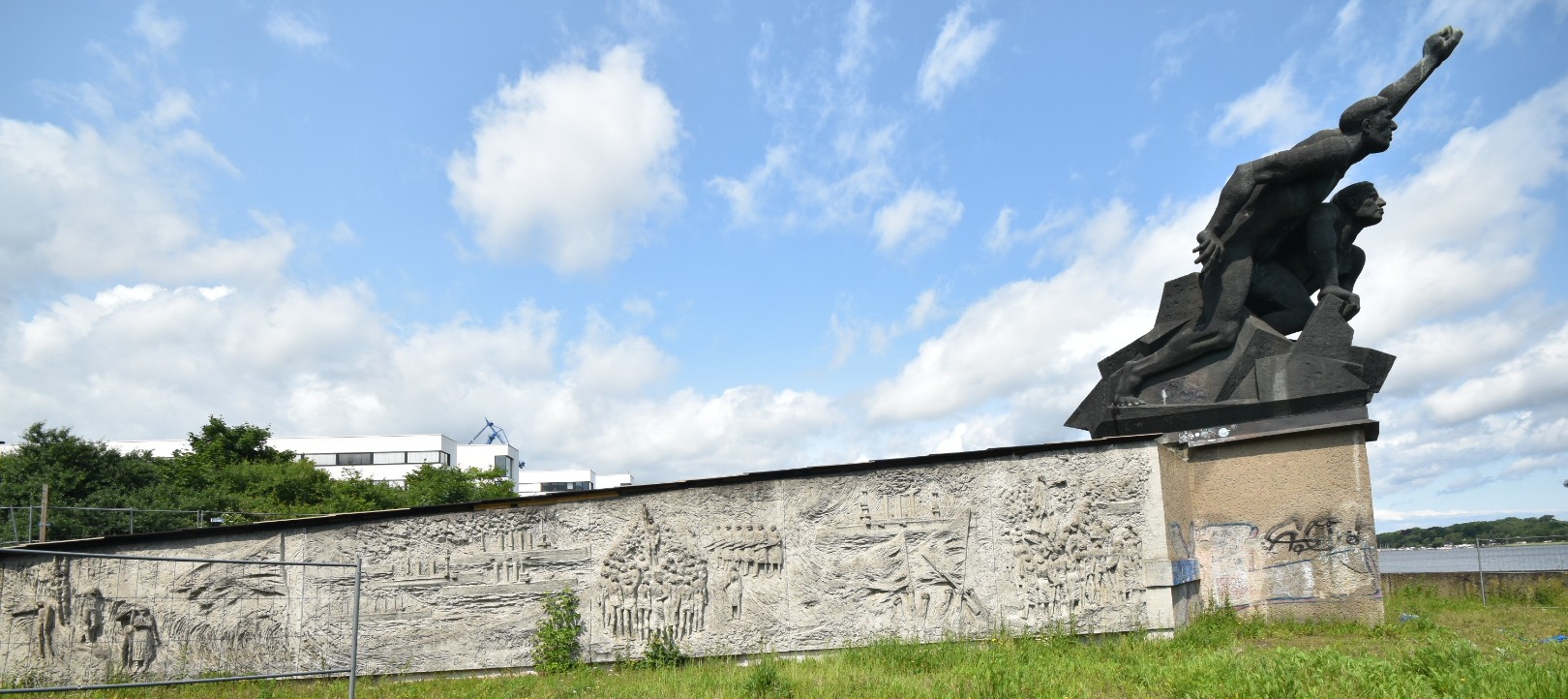
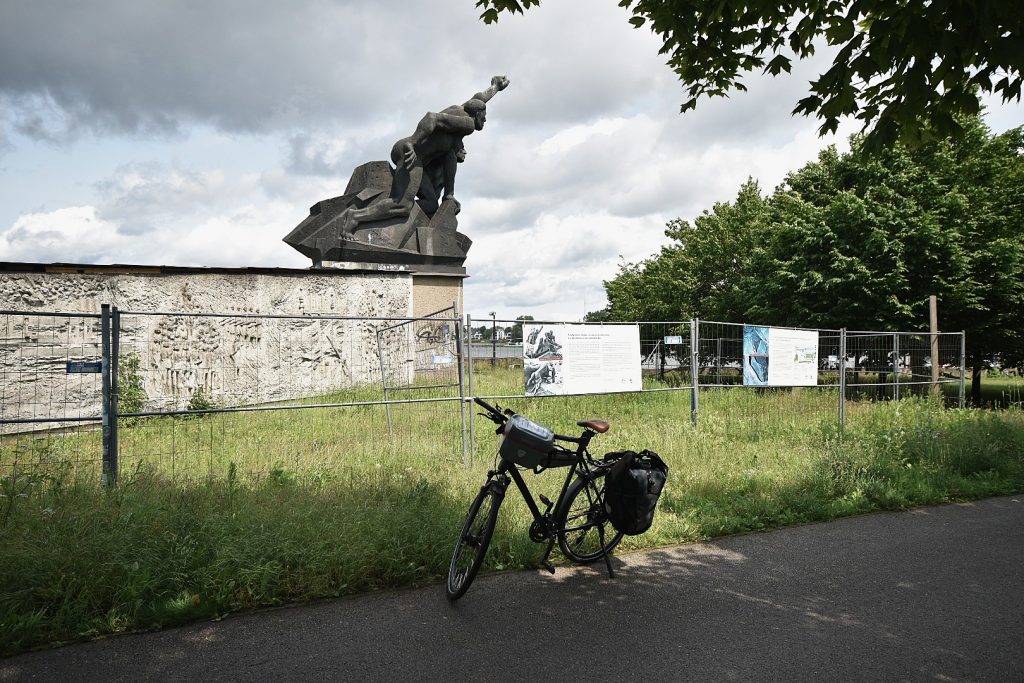

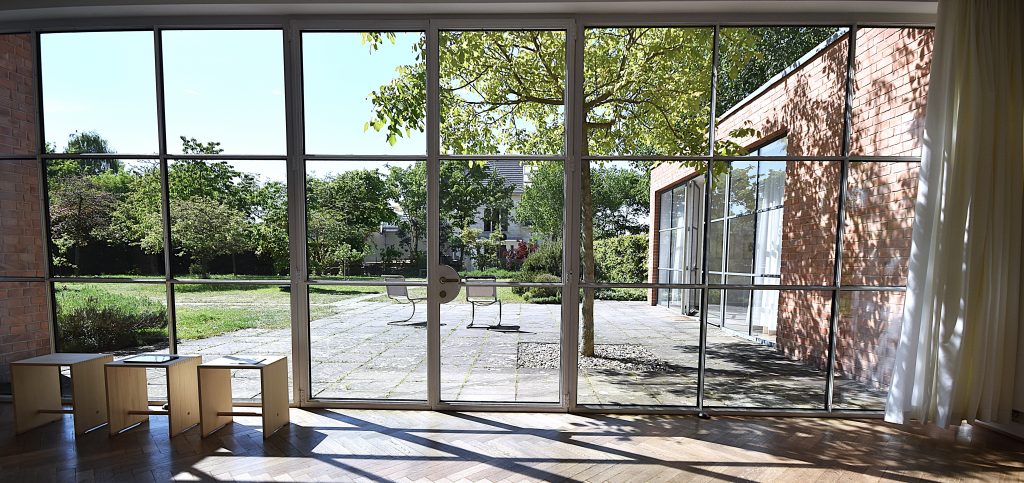

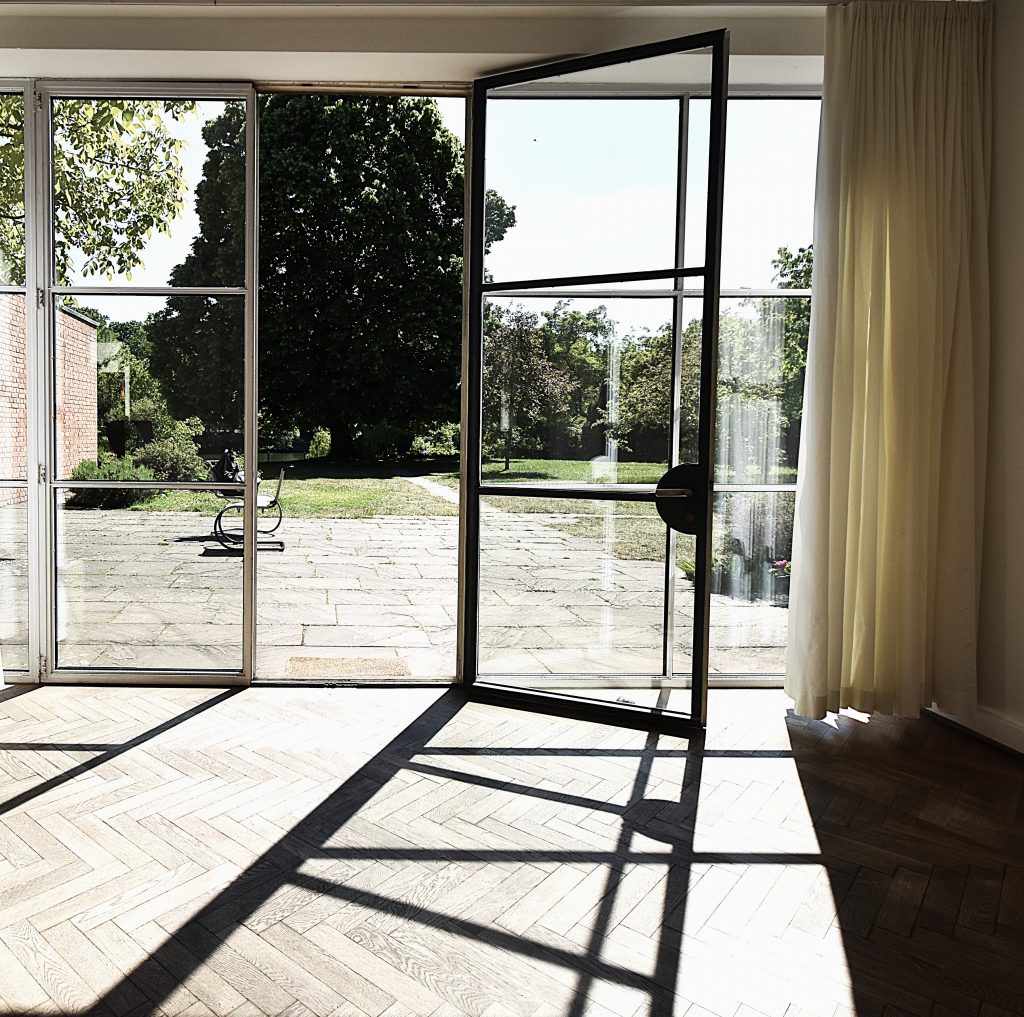
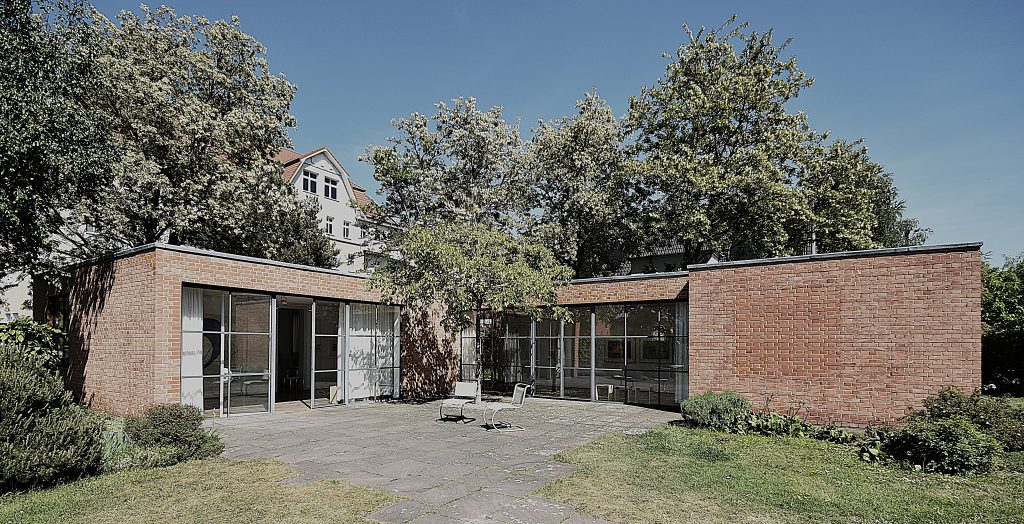


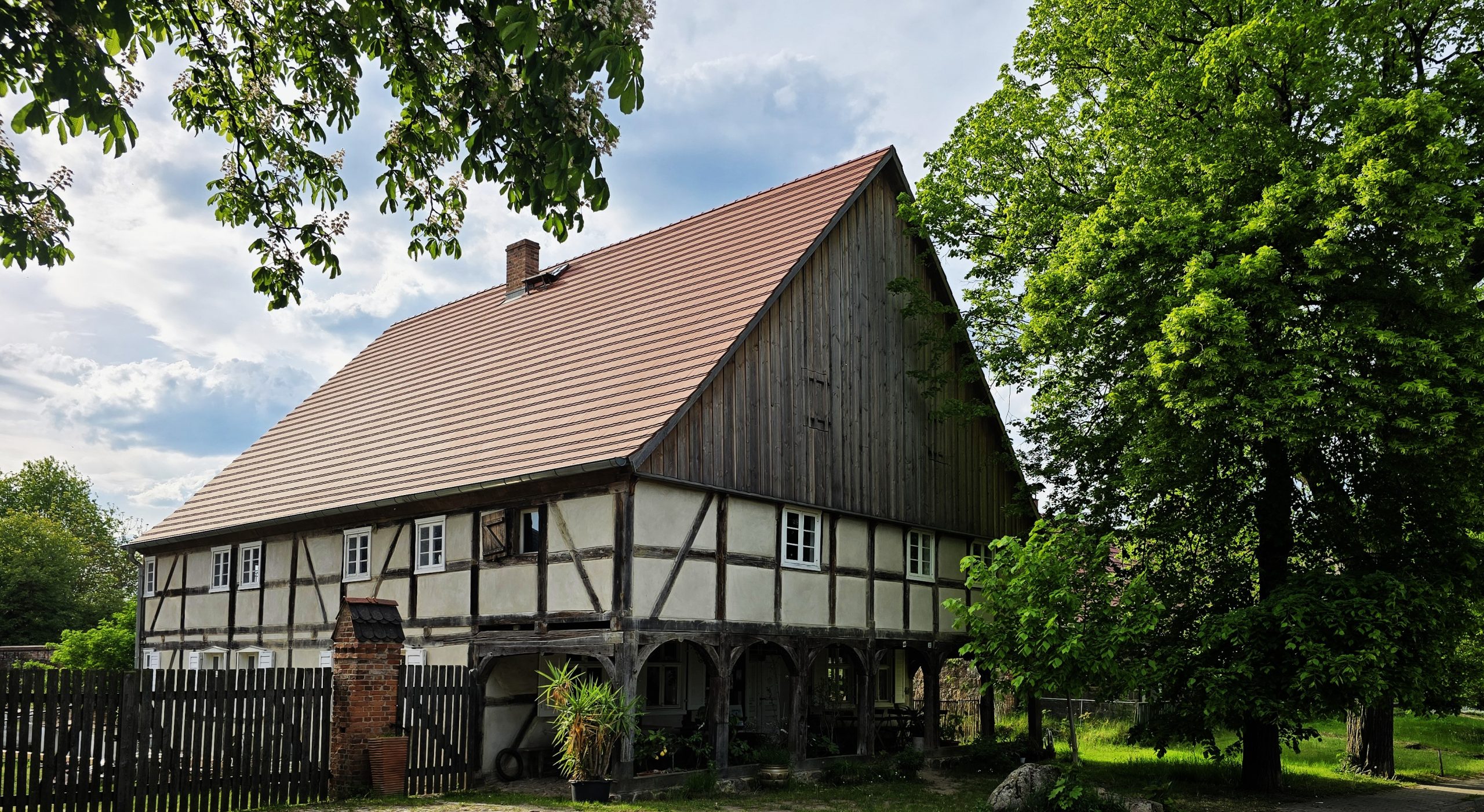

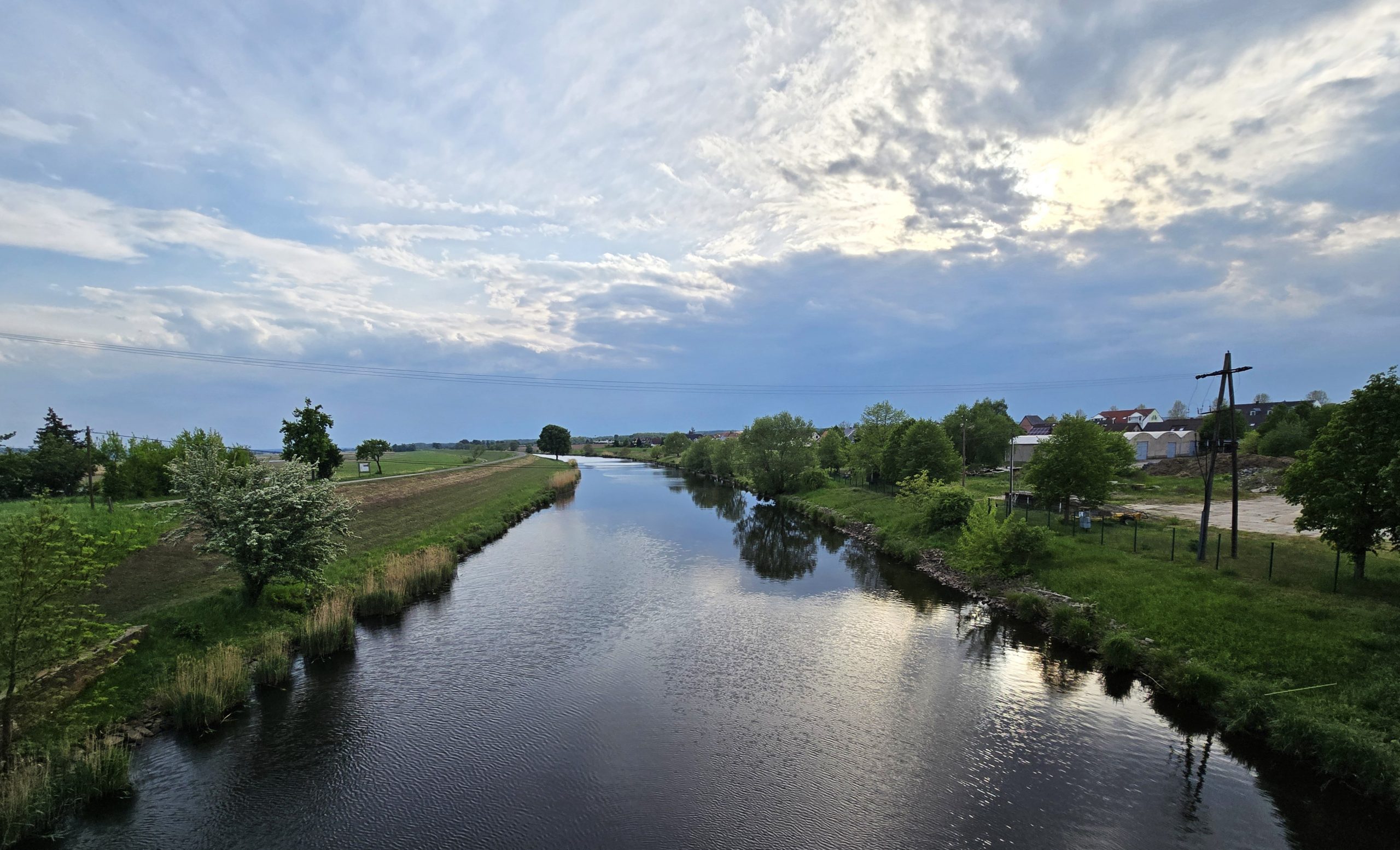

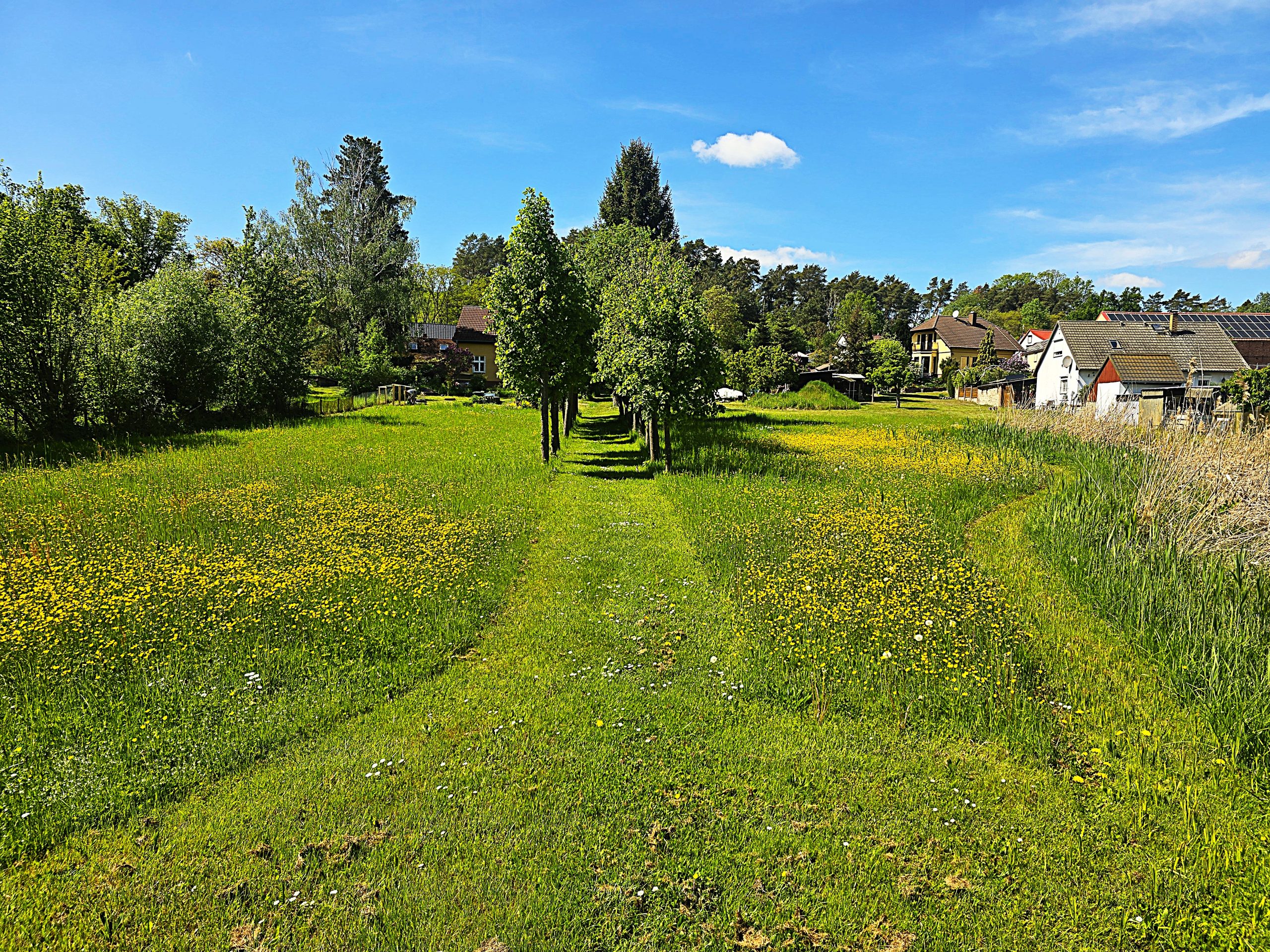
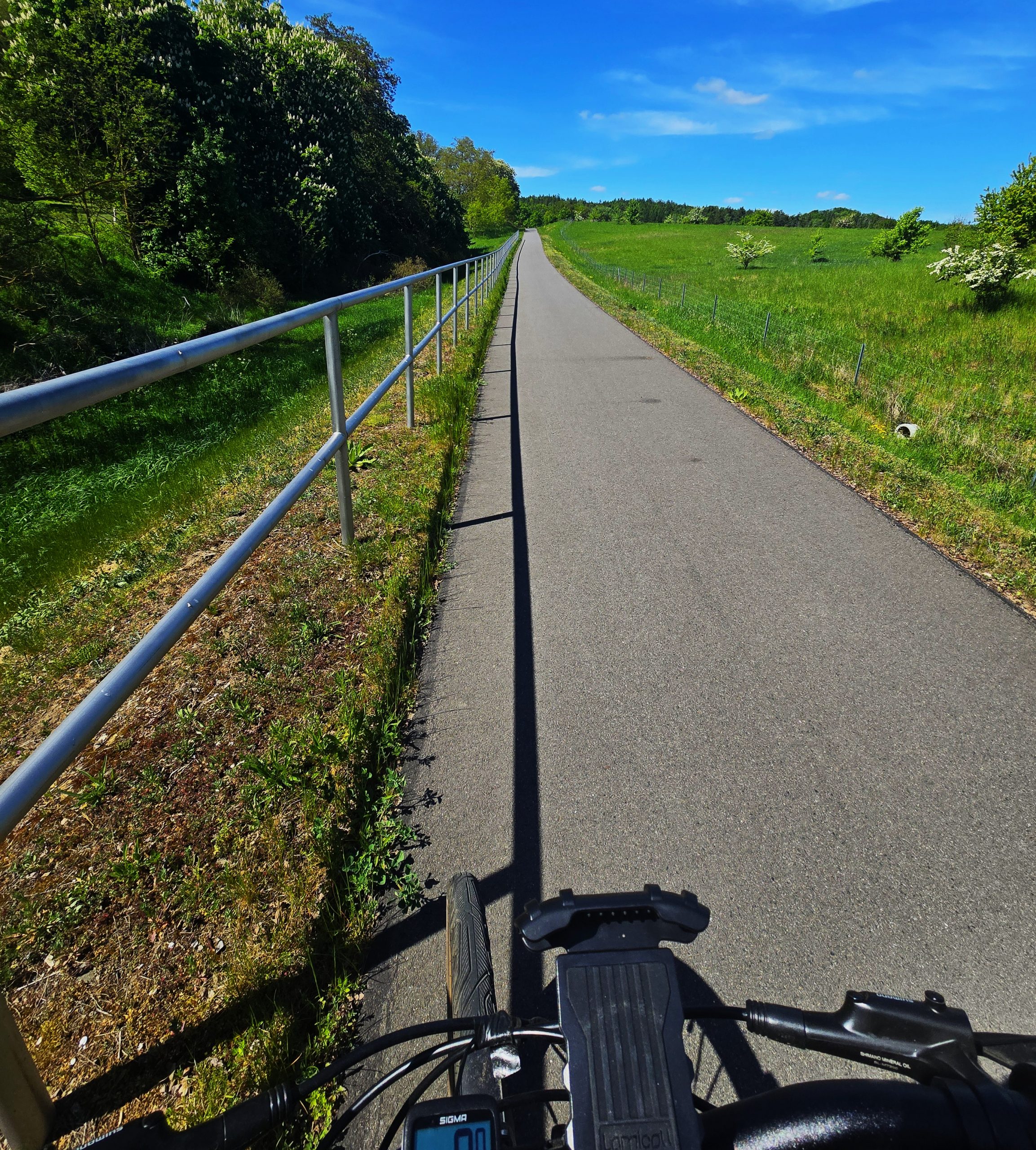

Good memories, Carol, thank you for that. Yes, being a guide was a true prvilege and I appreciate you paying…
Hello Bernhard My husband and I were in Berlin several years ago with friends and you were our tour guide…
Beautiful monuments and scenery! ❤️
Than your for the comment!
In fact the pictures take more time than anything else - I appreciate the comment!